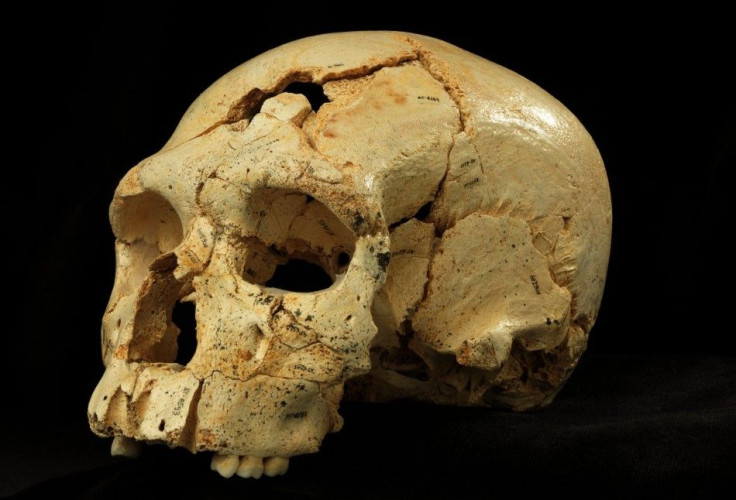‘Game of Thrones’, a Reality for pre-Neandertals

A recent discovery of 17 skulls at the Sima de los Huesos underground shaft in Spain suggests that pre-Neandertals lived and were killed 'Game of Thrones' style.
In-depth study of these skulls also showed that their evolution involved developing their jaws first before skulls.
"The emergence of a masticatory [chewing] specialisation was perhaps a response to changing dietary requirements and resource pressure. These factors would have been heavily influenced by climate and habitat, both of which were in constant flux during alternating glacial and interglacial cycles of the Pleistocene [Era]," Lee Arnold, from the University of Adelaide and one of the research's authors said.
Arnold explained that their study, led by led by Juan Luis Arsuaga from Centro Mixto UCM-ISCIII de Evolución y Comportamiento Humanos, determined the existence of these who were beings more ancient than the Neandertals.
Anthropologist Darren Curnoe from the University of New South Wales added that the discovery of the 17 skulls proved that there was a coexistence of multiple human species.
"This is exciting work because we now have a stronger case than ever for multiple [early human] species living in Europe. At least four during the period 1 million years to 40,000 years ago," Cunroe said.
The Sima de los Huesos underground shaft in the Atapuerca Mountains was discovered as far back as 1984.
The recent discovery by the scientists answers questions that baffled Science all these years - how did this ancient human beings ended altogether at the base of the shaft?
"We think that a 'Game of Thrones' scenario probably describes hominin evolution in Eurasia and Africa in the Middle Pleistocene period. As in the famous serial, there was never a unified and uniform European Middle Pleistocene kingdom but a number of 'houses,' living in different regions and often competing for land," lead researcher Arsuaga said during a press conference.
"They didn't die in a natural or geological catastrophe. But we think they could have been accumulated by other humans. The origin of this accumulation could be called the biggest mystery in archeology," Arsuaga added.
The full text of the study, titled Neandertal roots: Cranial and chronological evidence from Sima de los Huesos, was published on June 20 by Science.




















